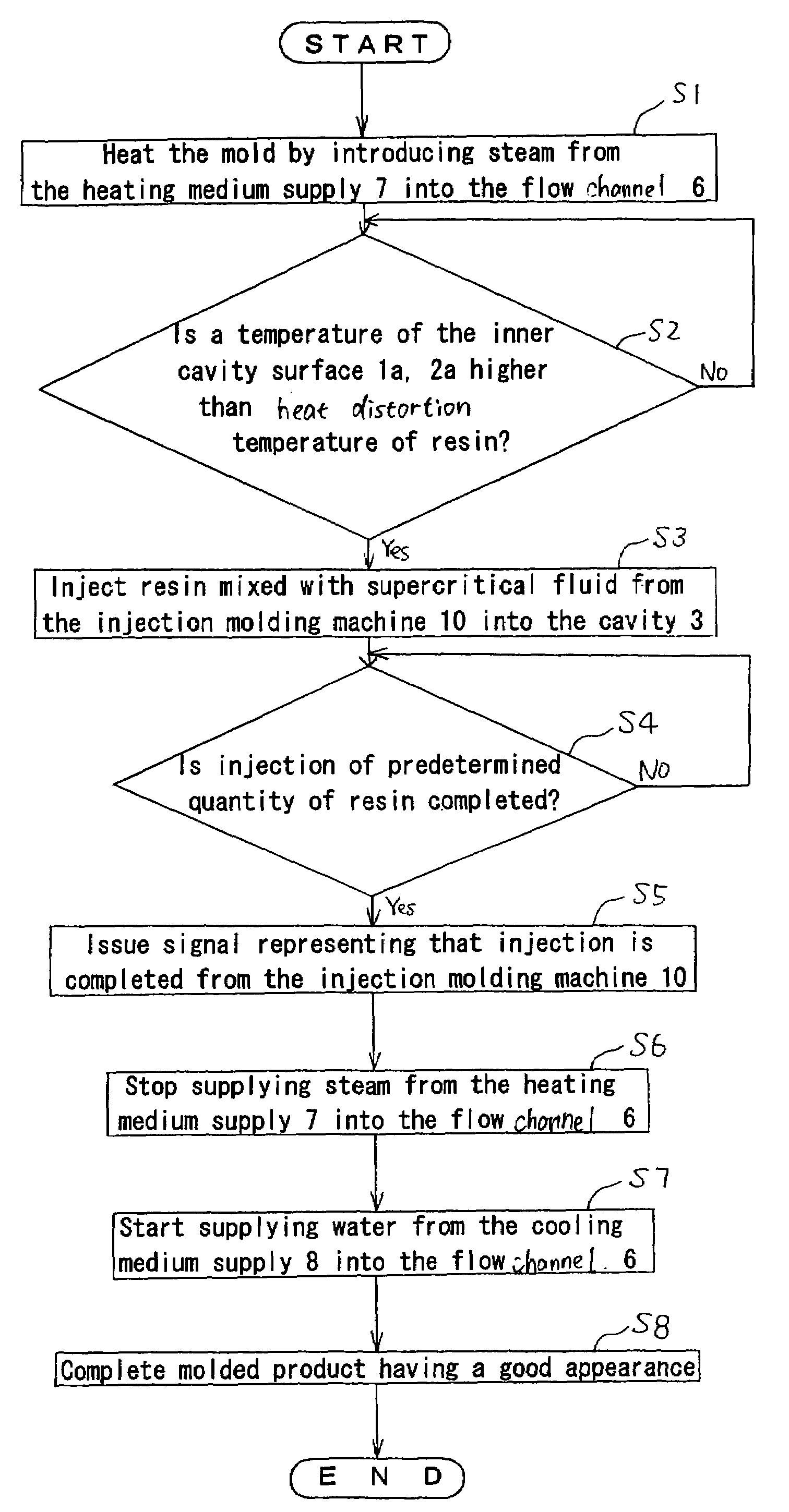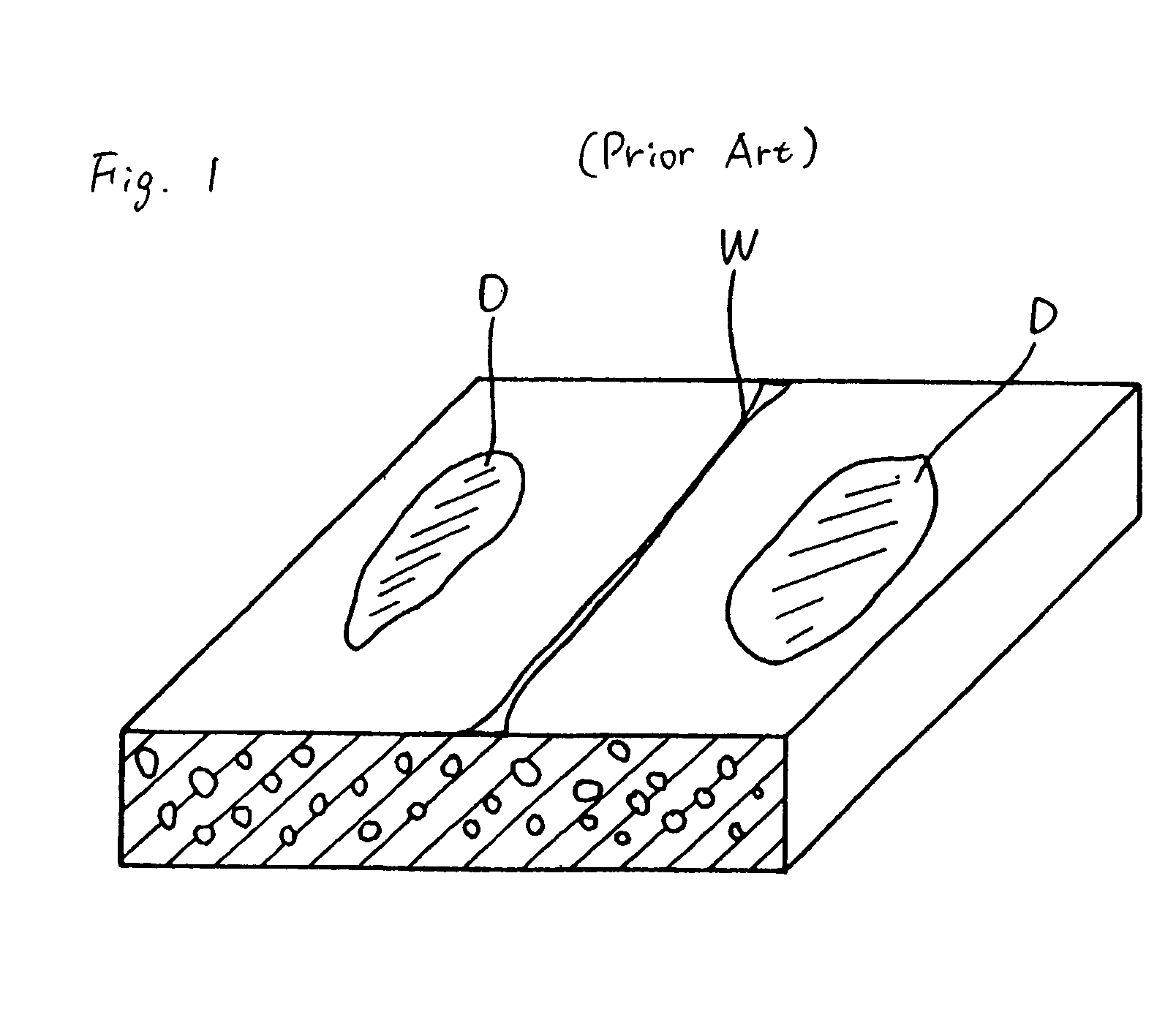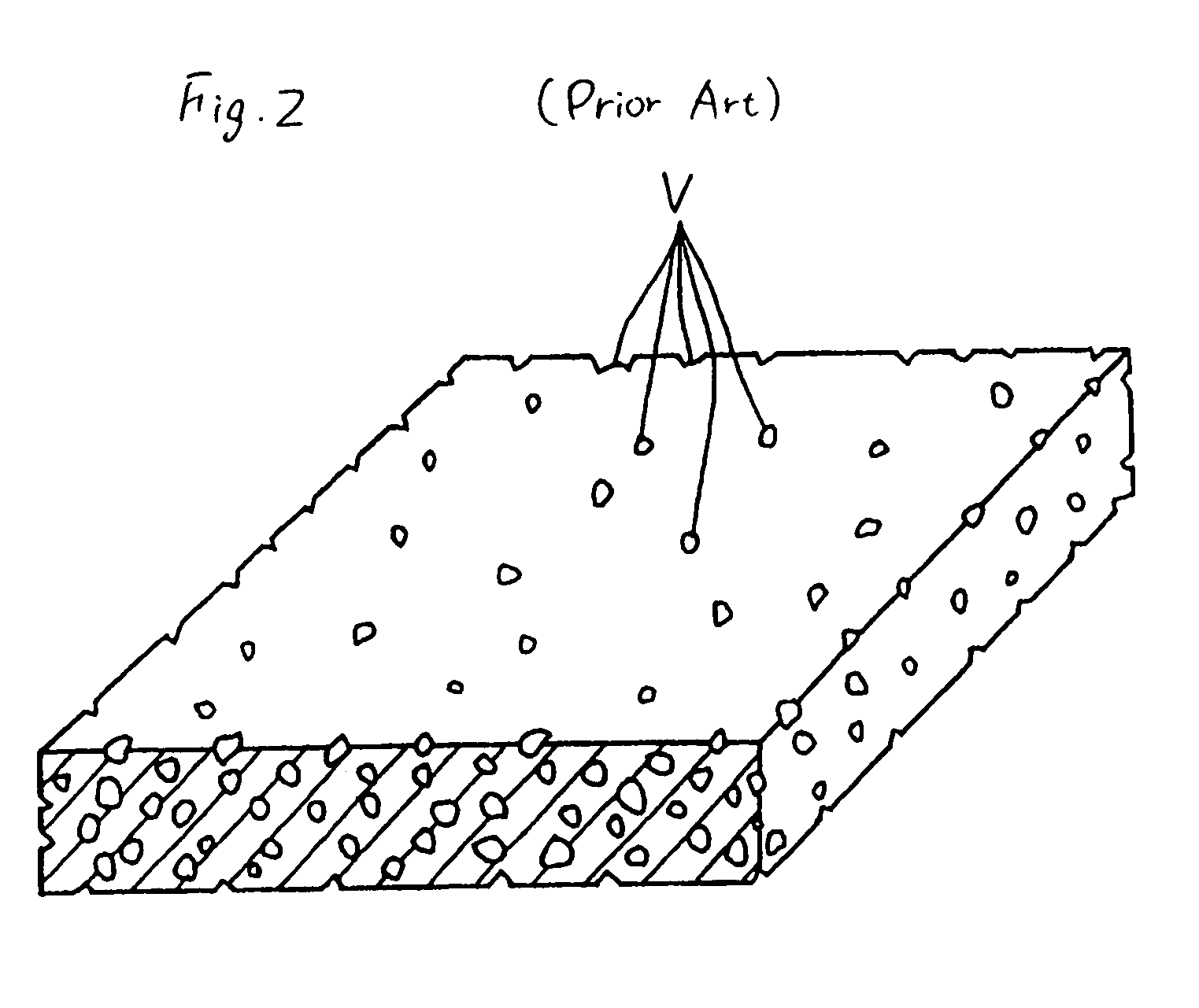Method of manufacturing molded product of foamed resin and apparatus for molding foamed resin
a technology of foamed resin and molded products, which is applied in the direction of lamination apparatus, layered products, lamination, etc., can solve the problems of convex portions that are formed in recesses, resin is liable to have defects, and convex portions tend to suffer defects, so as to prevent the breakage of cells on the surface, prevent the appearance of defects such as weld marks, and prevent the effect of surface cracks
- Summary
- Abstract
- Description
- Claims
- Application Information
AI Technical Summary
Benefits of technology
Problems solved by technology
Method used
Image
Examples
##ventive example 1
INVENTIVE EXAMPLE 1
[0040]In the present example, a supercritical fluid generating apparatus SCF10 (trade name) manufactured by Showa Tansan, Co., LTD. was used as foaming agent supply 12, an injection molding machine J450EL-MuCell (trade name) manufactured by Japan Steel Works LTD. was used as injection molding machine 10, and a molding apparatus having a structure capable of quickly heating the molten resin with a heating medium of steam and quickly cooling the molten resin with a cooling medium of water as disclosed in Japanese laid-open patent publication No. 348041 / 99 was used as the molding apparatus. Glass-fiber reinforced polycarbonate (GZK3200:trade name) manufactured by Idemitsu Petrochemical Co., LTD. containing 20% of glass fiber was used as the molding resin. The base resin (polycarbonate) of the molding resin has a heat distortion temperature of 75° C.
[0041]Using the apparatus described above, the molding resin referred to above (glass-fiber-reinforced polycarbonate) wi...
##ventive example 2
INVENTIVE EXAMPLE 2
[0042]Using the same apparatus as in Inventive Example 1, the same molding resin referred to above (glass-fiber-reinforced polycarbonate) as in Inventive Example 1 with 0.3% of nitrogen in the form of a supercritical fluid introduced thereinto was injected into cavity 3 in the mold assembly, producing flat molded product P having a thickness of 3 mm, a width of 210 mm, and a length of 290 mm. When the molding resin was injected, steam was supplied to flow channels 6 in the mold assembly to keep the temperature of inner cavity surfaces 1a, 2a at 120° C. At the same time that the injection of a predetermined quantity of the molding resin into cavity 3 was completed, the steam in flow channels 6 was discharged, and cooling water at 25° C. was supplied to flow channels 6 to cool the molds. After the resin was solidified, molded product P was removed from the mold assembly. In this Inventive Example, no glass fiber added to the resin was exposed on the surface, and mol...
##ventive example 3
INVENTIVE EXAMPLE 3
[0043]In the present example, glass-fiber reinforced polyamide (MC1011G-30: trade name) manufactured by Toray Industries Inc. containing 30% of glass fiber was used as the molding resin. The base resin (polyamide) of the molding resin has a heat distortion temperature of 115° C.
[0044]Using the same apparatus as in Inventive Example 1, the above molding resin with 1.0% of carbon dioxide in the form of a supercritical fluid introduced thereinto was injected into cavity 3 in the mold assembly, producing flat molded product P having a thickness of 3 mm, a width of 210 mm, and a length of 290 mm. When the molding resin was injected, steam was supplied to flow channels 6 in the mold assembly to keep the temperature of inner cavity surfaces 1a, 2a at 120° C. At the same time that the injection of a predetermined quantity of the molding resin into cavity 3 was completed, the steam in flow channels 6 was discharged, and cooling water at 25° C. was supplied to flow channels...
PUM
| Property | Measurement | Unit |
|---|---|---|
| Time | aaaaa | aaaaa |
| Temperature | aaaaa | aaaaa |
| Time | aaaaa | aaaaa |
Abstract
Description
Claims
Application Information
 Login to View More
Login to View More - R&D
- Intellectual Property
- Life Sciences
- Materials
- Tech Scout
- Unparalleled Data Quality
- Higher Quality Content
- 60% Fewer Hallucinations
Browse by: Latest US Patents, China's latest patents, Technical Efficacy Thesaurus, Application Domain, Technology Topic, Popular Technical Reports.
© 2025 PatSnap. All rights reserved.Legal|Privacy policy|Modern Slavery Act Transparency Statement|Sitemap|About US| Contact US: help@patsnap.com



